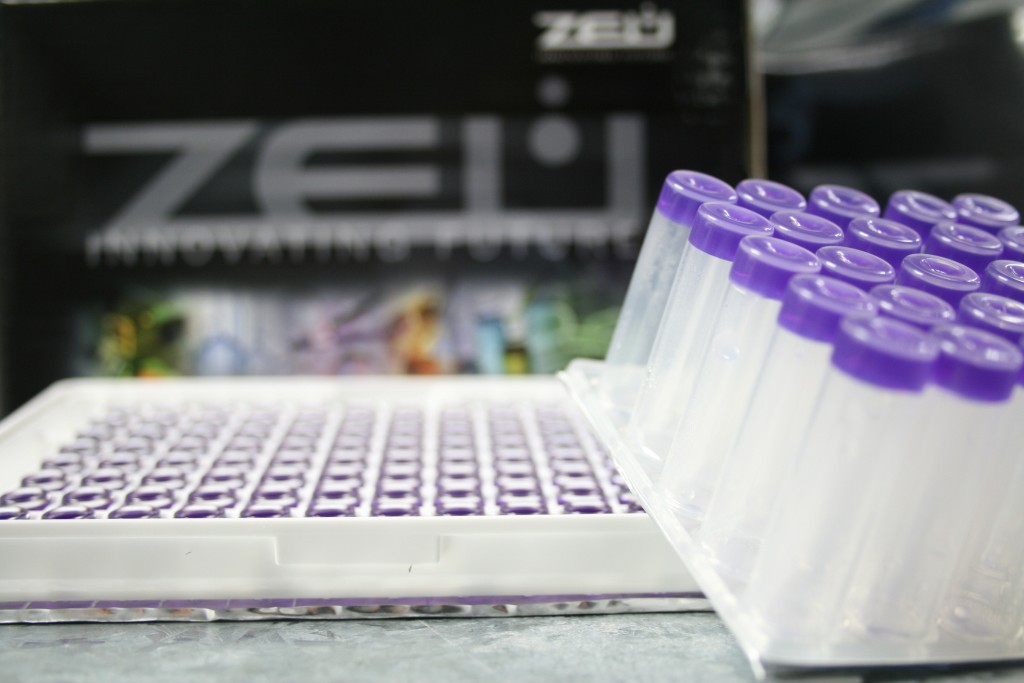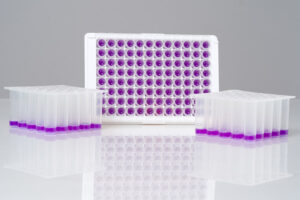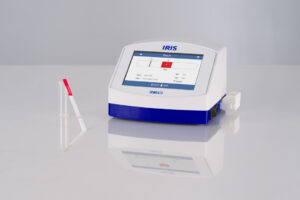
Analytical guide for antibiotic residues in meat
06 May 2021An antibiotic is a chemical substance produced by a living being or synthetic derivative that kills or prevents the growth of certain classes of sensitive microorganisms. They are generally drugs used in the treatment of bacterial infections, hence they are known as antibacterial or antimicrobial.
There are currently more than 50 antibiotics approved for veterinary use. They can be classified into various groups according to their chemical structure: Aminoglycosides, Macrolides, Tetracyclines, Beta-lactams, Quinolones and Sulfamides.
The use of antibiotics in the veterinary sector is widespread; with more than 75% of the antibiotics produced by the pharmaceutical industry being consumed in the livestock sector. The type of antibiotic used is determined by the diseases to be treated. Consequently, to prevent the presence of antibiotic residues in food, they must be properly managed, regarding their dose or suppression period, for example.
The variety of antibiotic residues we might find in meat is as wide as the number of medicines available for the treatment of veterinary diseases. Therefore, it is best to choose a method that can detect a broad spectrum of antibiotics easily, quickly and at a low cost. These are screening methods, and are usually microbiologically based (Explorer). Starting from the logical assumption that most samples are free of residues, these methods lead to contaminated (positive) samples being easily identified from the rest.
To determine the type and concentration of antibiotic in the contaminated sample, specific methods based on immunochemical (ELISAs) or chromatographic (LC-MS) techniques should be used. These are the so-called identification or confirmation methods. They are expensive and more labour-intensive, requiring more equipment and qualified personnel.
Therefore, an adequate analytical strategy would be to perform an initial screening stage to identify contaminated samples and prevent this meat from reaching the market.
The second phase would involve the food operator, e.g. a slaughterhouse, being able to decide whether to identify the antibiotic present in the sample and the concentration at which it is found. For this, identification and screening methods, such as ELISAs, rapid tests and LC-MS, are needed.
If the operator (slaughterhouse) suspects the use of a certain antibiotic in an area or time of year, or wants to assess a type of supplier, it can launch a specific campaign to search for that particular contaminant. ELISA and LFIC (rapid test) methods are the most recommended, due to their specificity and ease of processing.

EXPLORER 2.0 & E-READER: THE MOST EFFICIENT SCREENING IN MEAT ANALYSIS
ZEULAB, a leading company in the development of antibiotic testing methods in meat, has designed a unique system that places it at the forefront of screening methods. The Explorer2.0 & e-Reader system is the most efficient solution for detecting a wide range of antibiotic residues in meat. Using this simple, low-cost, rapid test, the operator (slaughterhouse) can screen for residues from the main antibiotic groups: e.g. beta-lactams, tetracyclines, macrolides, sulphonamides and aminoglycosides (see technical data sheet).
The system has been validated and recommended in Spain by the Mahadahonda National Reference Laboratory, which is dependent on the Spanish Agency for Food Safety and Nutrition, AECOSAN (Alimentaria, March 2016, no. 471). It has also been validated by the Belgian Reference Laboratory, ILVO (Validation Report, 2014) and the European Reference Laboratory, ANSES.
QUINOSCAN: THE IDEAL SOLUTION FOR TOTAL SCREENING
The Explorer 2.0 & e-Reader system detects all beta-lactam, tetracycline, sulfamide, macrolide and aminoglycoside antibiotics; and can be improved by combination with QuinoScan, the specific, rapid test for detecting quinolones. The combination of both tests provides screening for practically all antibiotic substances used in the veterinary field.
TEST ELISA: FOR QUANTIFYING SPECIFIC ANTIBIOTIC RESIDUES
When an analyst suspects the use of a specific antibiotic, the choice of the specific ELISA kit for that substance/group can identify and quantify it in the meat samples under study.
CLASSIFICATION OF ANTIBIOTIC TESTING METHODS







